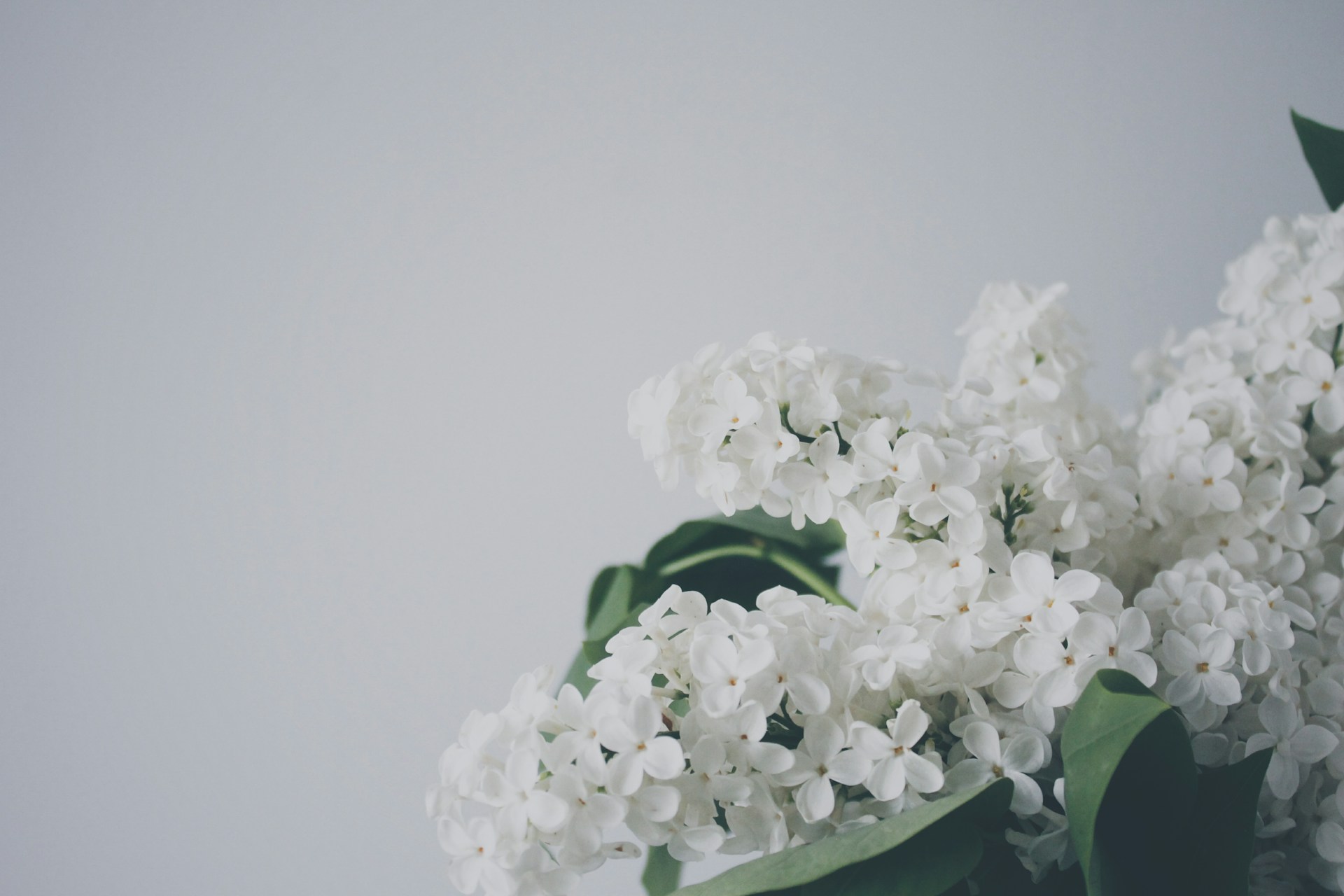Your cart is currently empty!
In the heart of Singapore lies a green jewel—the Singapore Botanic Gardens, a UNESCO World Heritage Site that’s more than just a pretty park. Spanning 82 hectares, this 165-year-old haven cradles over 10,000 plant species, blending tropical splendor with scientific legacy. Among its winding paths and serene lakes, you’ll find a handful of plants so rare they call Singapore their only home—or bear its name as a badge of discovery. These endemic and near-endemic treasures, nurtured within the Gardens’ lush embrace, tell a story of a tiny island with an outsized botanical soul. Step through the gates, and let’s meet five stars of this floral wonderland.
Singapore Kopsia: The Patriotic Bloom
Tucked within the Gardens’ Healing Garden, the Singapore Kopsia (Kopsia singapurensis) is a sight to behold—a small tree with flowers that echo Singapore’s flag: five white petals like stars, joined at a vivid red throat. Named in 1923 after its discovery on the island, this near-endemic once dotted local forests but is now critically endangered in the wild. Here, it thrives under careful cultivation, its short-lived blooms dropping daily to reveal odd, triangular red fruits. It’s a floral time capsule, linking Singapore’s past to its present—a must-see for anyone tracing the nation’s natural roots.
Singapore Ginger: The Shy Forest Child
Hidden in the Gardens’ Rain Forest section—a 6-hectare remnant of primal jungle—the Singapore Ginger (Zingiber singapurense) whispers of undiscovered wonders. This true endemic, identified in 2014 by National Parks Board researchers, flaunts slender stems and pale, understated flowers. Unlike the zesty gingers of your kitchen, it’s a quiet dweller of the understory, found only in Singapore’s dwindling rainforests. The Gardens showcase it as a triumph of conservation, a reminder that even in a city of steel, nature still holds secrets waiting to bloom.
Hanguana Rubinea: The Red-Tinged Rarity
Near the Swan Lake, where water meets lush greenery, you might spot the Hanguana rubinea, a swamp-loving plant with a crimson twist. Rediscovered in 2015 after being feared extinct, this aquatic endemic boasts ruby-hued leaves that shimmer against its white flowers. Native to Singapore’s western wetlands, it’s a survivor, and the Botanic Gardens nurture it as part of their mission to preserve the island’s flora. Its striking color and watery grace make it a standout—a living jewel that reflects Singapore’s dedication to its green heritage.
Singapore Durian: The Wild King
Towering in the Gardens’ Learning Forest, the Singapore Durian (Durio singaporensis) reigns as a wild monarch. Don’t expect a hawker stall delicacy—this endemic tree, reaching up to 36 meters, bears small, spiky fruits with seeds too scant to eat. Its golden-copper leaves catch the light, while bats pollinate its large white flowers under cover of night. Exclusive to Singapore, it’s a rare cousin of the durian dynasty, thriving here as a testament to the Gardens’ role in safeguarding biodiversity. Stand beneath its canopy and feel the weight of its quiet majesty.
Nervilia Singaporensis: The Orchid Phantom
In the shaded corners of the National Orchid Garden—home to over 1,000 orchid species—the Nervilia singaporensis plays hide-and-seek. This tiny terrestrial orchid, unique to Singapore, emerges with a single heart-shaped leaf and fleeting flowers that vanish almost as soon as they appear. Known from just a few wild sightings, it’s a ghostly rarity, preserved here among the Gardens’ vibrant hybrids. Unlike the showstopping Vanda Miss Joaquim (Singapore’s national flower, also cultivated here), it’s a subtle marvel—a whisper of the island’s untamed past.
A Garden of Wonders
The Singapore Botanic Gardens isn’t just a backdrop for these plants—it’s their sanctuary. Founded in 1859, it’s been a hub of botanical research, famously pioneering rubber cultivation in the 19th century. Today, it’s a living museum where you can stroll from the Tanglin Gate to the Bukit Timah Core, passing misty waterfalls, ancient trees, and these singular species. Free to enter (except for the National Orchid Garden, $15 for adults), it’s open daily from 5 AM to midnight, offering dawn-to-dusk chances to explore. Whether you’re chasing the crimson Hanguana or the elusive Nervilia, every step reveals Singapore’s floral heartbeat.
So, skip the usual tourist trail and lose yourself in this green oasis. These plants—some teetering on the edge of extinction, others proudly endemic—thrive thanks to the Gardens’ care. Which will you hunt down first amid the palms and pathways?

